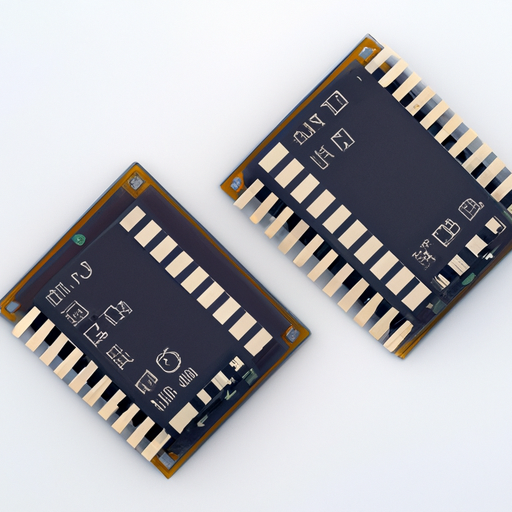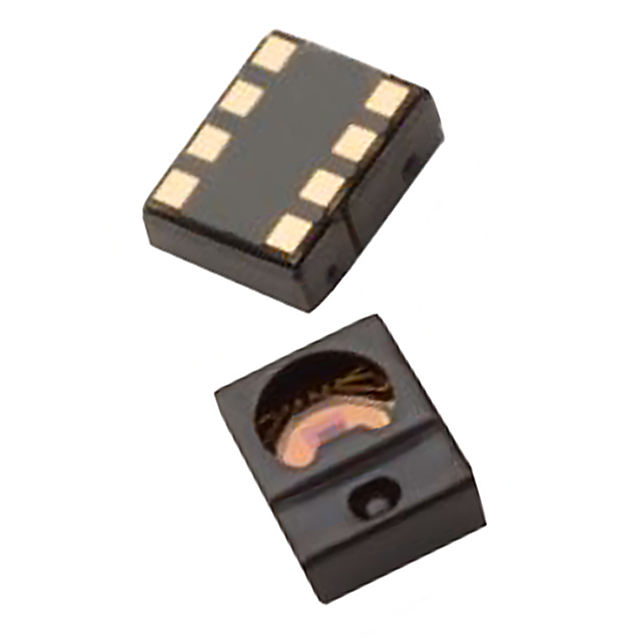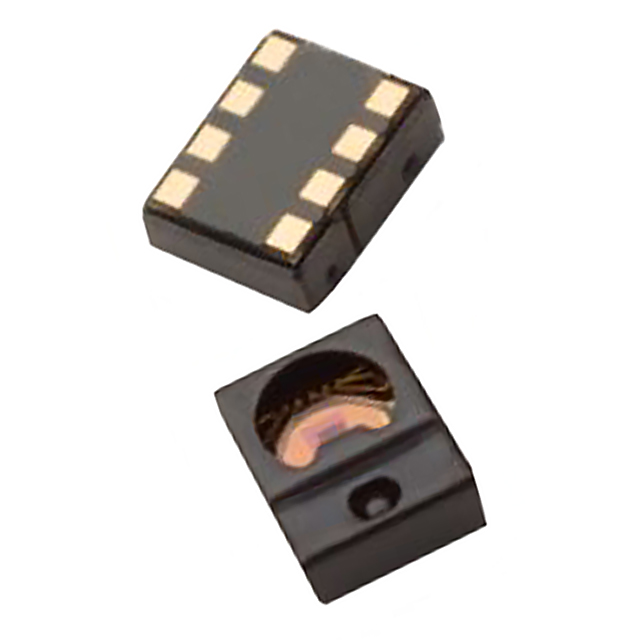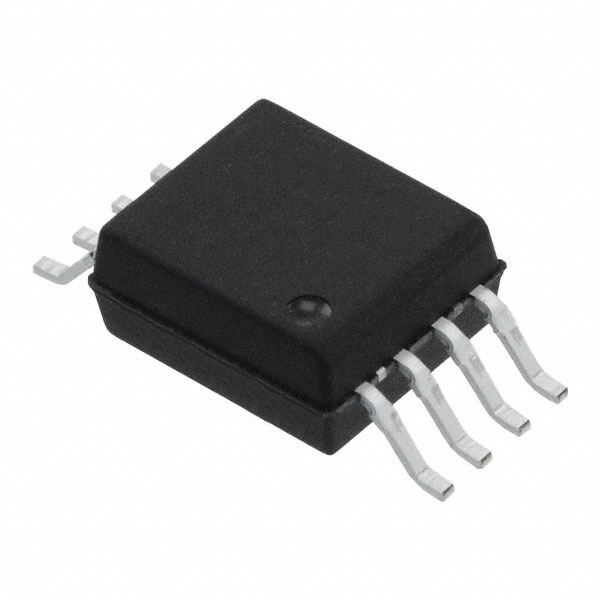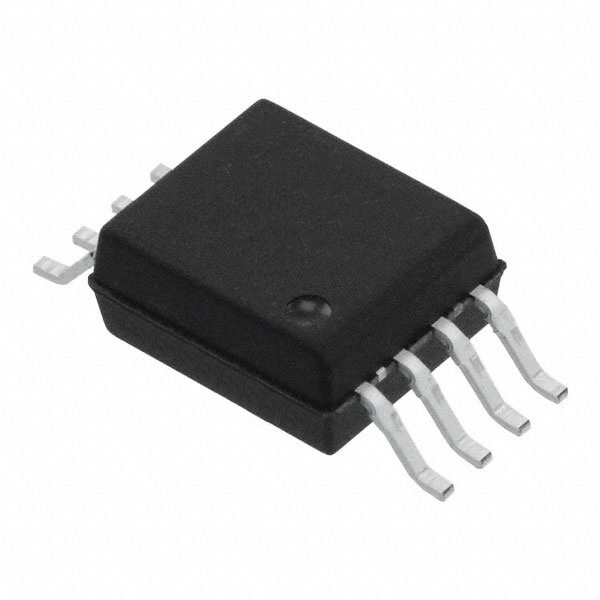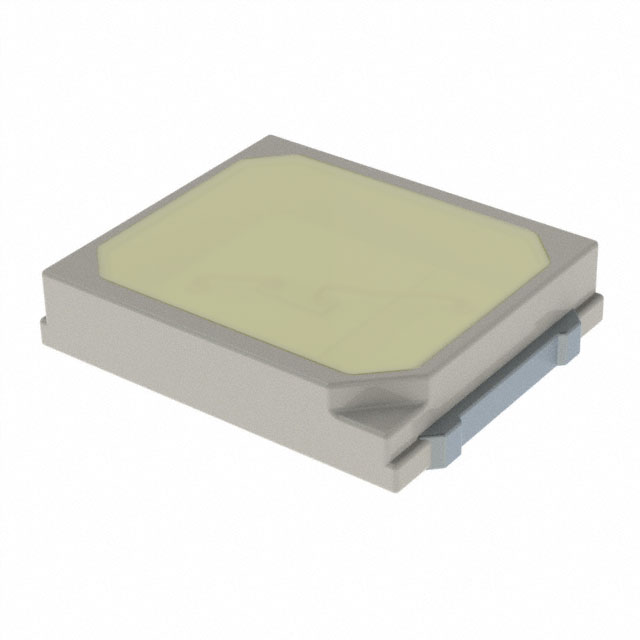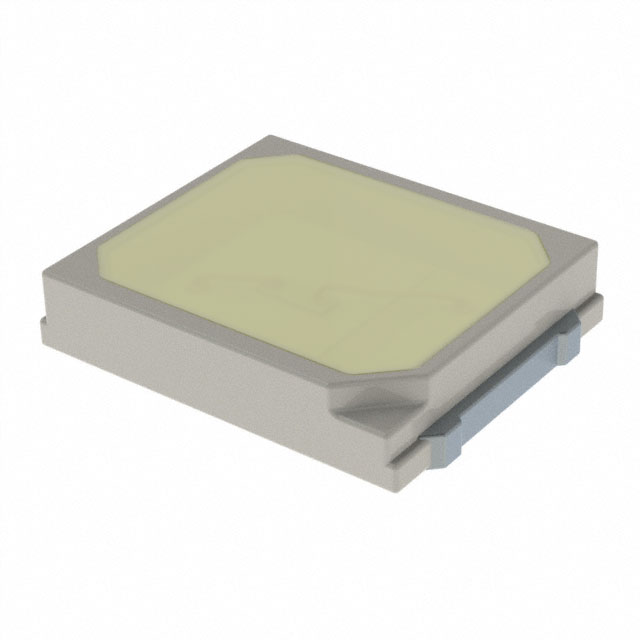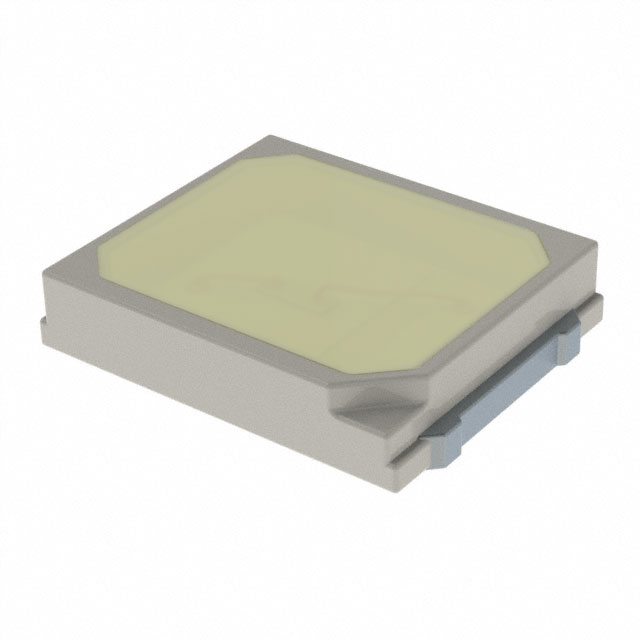application development in TRIACs for CFR-25JB-52-110R: key technologies and success stories
Application Development in TRIACs for CFR-25JB-52-110R: Key Technologies and Success Stories
Developing applications for TRIACs, particularly with a specific component like the CFR-25JB-52-110R, requires a deep understanding of TRIAC technology and the specific needs of the application. Below is an overview of key technologies and notable success stories related to TRIAC applications.
Key Technologies in TRIAC Application Development
1. Power Control: TRIACs are essential for controlling AC power, allowing for rapid switching. This capability makes them ideal for applications such as light dimmers, motor speed controls, and heating elements.
2. Phase Control: This technique adjusts the phase angle of the AC waveform to modulate the power delivered to a load. It is widely used in light dimmers and motor controllers, enabling smooth operation and energy savings.
3. Zero-Cross Detection: This technology minimizes electromagnetic interference (EMI) by ensuring that TRIACs are turned on at the zero-crossing point of the AC waveform, reducing voltage spikes and enhancing system reliability.
4. Microcontroller Integration: Modern TRIAC applications often incorporate microcontrollers for precise control. This integration allows for features such as programmable dimming, remote control, and compatibility with smart home systems.
5. Thermal Management: Effective heat dissipation is crucial for TRIACs, especially in high-power applications. Utilizing heat sinks and thermal pads helps manage heat and prolongs the life of the component.
6. Protection Circuits: To enhance reliability, applications typically include snubber circuits that protect against voltage spikes and overcurrent conditions, ensuring safe operation.
7. Feedback Mechanisms: Implementing feedback loops can optimize the performance of TRIAC-based systems, allowing for real-time adjustments based on load conditions and improving overall efficiency.
Success Stories
1. Lighting Control Systems: A prominent success story involves a smart lighting system that utilizes TRIACs for dimming capabilities. A company developed a smart dimmer switch that integrates with home automation systems, enabling users to control lighting via mobile apps. The TRIACs provided smooth dimming and significant energy savings.
2. Motor Speed Controllers: In industrial settings, TRIACs have been effectively used in motor speed controllers for fans and pumps. A manufacturer implemented TRIAC-based controllers in HVAC systems, resulting in improved energy efficiency and substantial cost savings.
3. Home Appliances: TRIACs are commonly used in household appliances like washing machines and dishwashers for controlling heating elements. A manufacturer redesigned their appliance control system using TRIACs, which enhanced reliability and reduced manufacturing costs.
4. Heating Systems: TRIACs are integral to electric heating systems, such as underfloor heating. A company developed a TRIAC-based control system that allowed for precise temperature regulation, improving user comfort and energy efficiency.
5. Smart Home Integration: A startup created a smart plug that employs TRIACs to control the power supply to various devices. This plug can be managed via a smartphone app, allowing users to schedule and monitor energy usage, leading to increased energy efficiency.
Conclusion
The application of TRIACs, such as the CFR-25JB-52-110R, spans various industries and technologies. By leveraging advancements in microcontrollers, phase control, and smart home integration, developers can create innovative solutions that enhance energy efficiency and user experience. The success stories illustrate the versatility and effectiveness of TRIACs in modern applications, establishing them as critical components in power control systems. As technology continues to evolve, the potential for TRIAC applications will likely expand, driving further innovation in energy management and automation.




